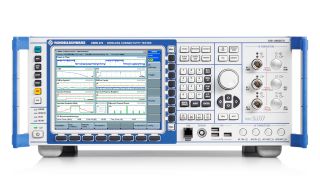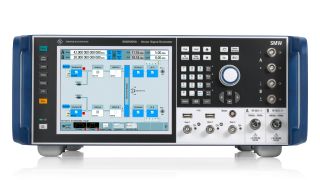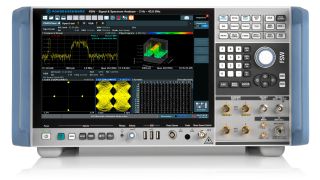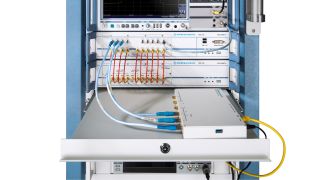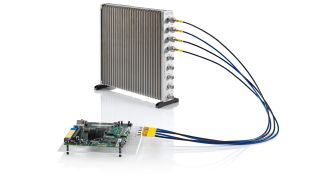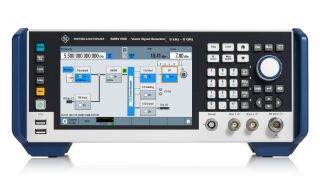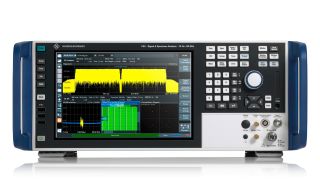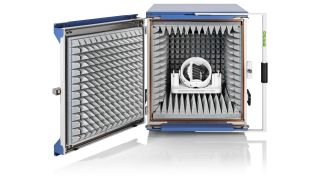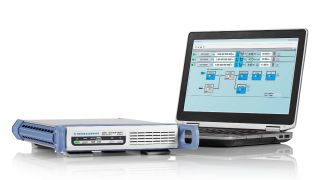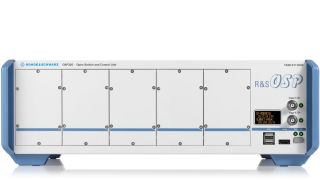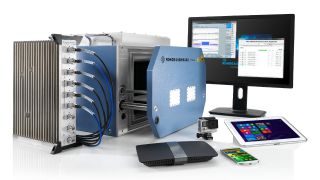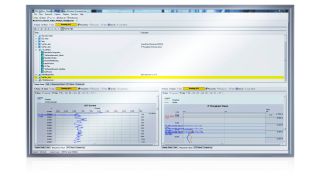WLAN IEEE 802.11ac testing
The IEEE 802.11ac amendment (Wi-Fi 5) operating in the 5 GHz ISM band allows a significant increase in data throughput to almost 7 Gbit/s. The key improvements are the increased channel bandwidth thanks to double the number of subcarriers, more spatial streams and higher modulation schemes. Current WLAN devices typically support 160 MHz bandwidth, up to four spatial streams and 256QAM modulation. These advanced features require appropriate test solutions in R&D and production.






